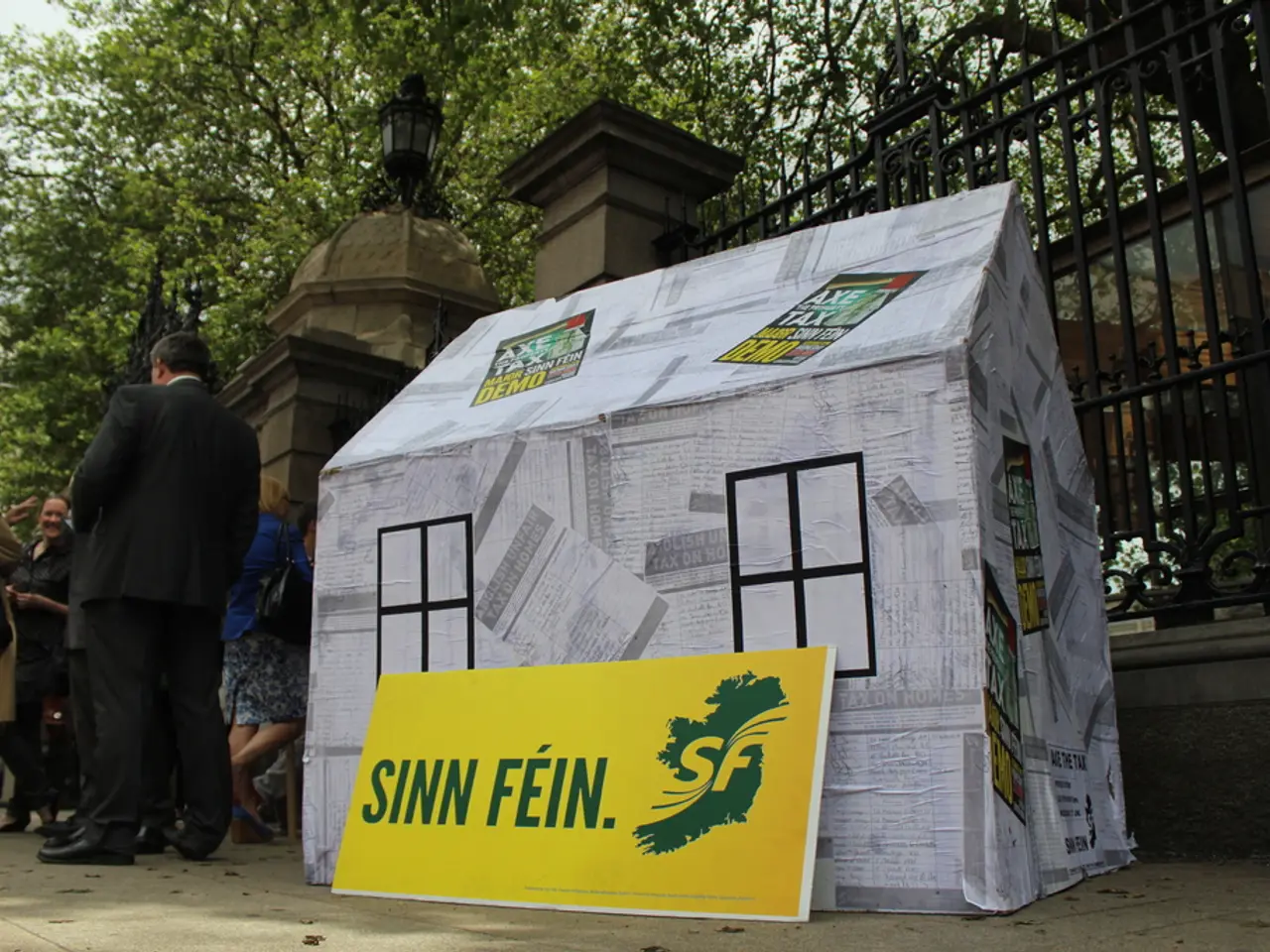Rent reductions continued for the 24th consecutive month in July.
===============================================================================
The U.S. rental market and housing supply are facing a potential crisis due to rising tariffs on steel, lumber, and aluminum, according to industry experts. These tariffs have significantly increased the cost of vital building materials, leading to a slowdown in construction and a potential shortage in new rental supply.
In July 2024, the national average rent for 0-2 bedroom properties in the U.S.'s 50 largest metro areas decreased to $1,712, a drop of $43 from the previous year. The median rent for 2-bedrooms was $1,898, down 2.3% year-over-year, while the median rent for studios was $1,428, down 1.4% year-over-year. The median rent for 1-bedrooms was $1,590, a 2.8% decrease from the previous year.
However, this relief may be temporary. Rising construction costs due to tariffs are causing developers to pull back, especially in rental markets, signaling a potential shortage in new rental supply in the near future. The number of completed multifamily units in June 2025 plunged by 38.1% year-over-year, with the Midwest seeing completions fall by a staggering 55.7%.
The tariffs on steel, lumber, and aluminum have increased construction expenses for both single-family homes and multifamily rental properties. Lumber from Canada saw a 35% tariff, while steel and aluminum tariffs have risen to 50%. Higher material costs force builders to pass expenses to consumers in the form of higher home prices or rental development costs, making new construction less economically viable.
Supply chain disruptions from tariffs also cause delays, further slowing housing production, reducing the number of homes entering the market. Experts warn that future supply constraints could tilt the market back in favor of landlords.
The tariffs are expected to exacerbate the slowdown in apartment construction, which could lead to a tighter, more competitive rental market in the future. If construction pullbacks continue, the current renter-friendly market could give way to a tighter, more competitive landscape.
Approximately 7% of construction goods used in new residential projects are imported, so tariffs on these imports have a pronounced impact on total building costs. Rising construction costs, lower profits due to falling rents, and newly announced tariffs on imported steel and aluminum are squeezing builder margins.
As of July 2024, rents have declined for 24 consecutive months. However, if the supply of new rental properties continues to shrink, rent prices could start to rise again, potentially erasing the recent rent declines.
In conclusion, the tariffs on steel, lumber, and aluminum are posing a significant threat to the U.S. rental market and housing supply. The slowdown in apartment construction, increased construction costs, and disrupted supply chains are all contributing to future rental shortages by limiting new rental supply growth in the U.S.
Investors in the real-estate industry might reconsider their financing decisions due to the rising construction costs caused by tariffs on steel, lumber, and aluminum. This financial squeeze could impact the investing landscape, as developers potentially struggle to meet return on investment expectations.
The tariffs on building materials have resulted in a potential shortage of new rental properties, which could lead to a shift in the real-estate finance market, as landlords may need to secure more favorable terms to maintain profitability in a tighter rental market.




